"We will return to the fixed link between platform and crew"
In September 2021, Frigate Captain Kenneth Harms took command of the 1st Corvette Squadron in Warnemünde. Now he is turning his attention to new tasks. In an interview with marineforum, Harms summarises his time in Warnemünde. Your squadron is developing, what will you remember fondly and what worries you? First and foremost, I think back to what constitutes the core responsibility of a squadron commander. I was allowed to be at sea with my crews, accompany training sections and lead tactically. Pursuing every endeavour right up to the last consequence so that the Sea Falcon drone could be reconnoitred and the RBS 15 missile...
Weiterlesen

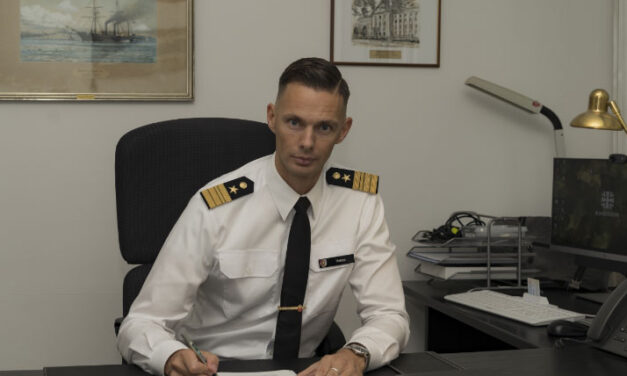
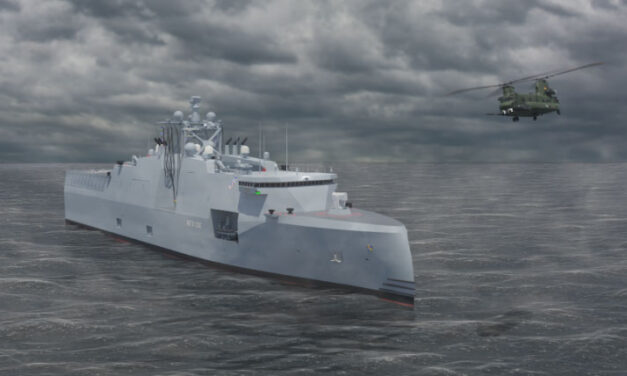
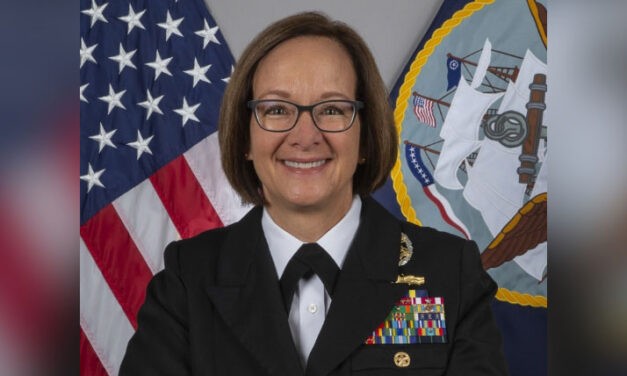
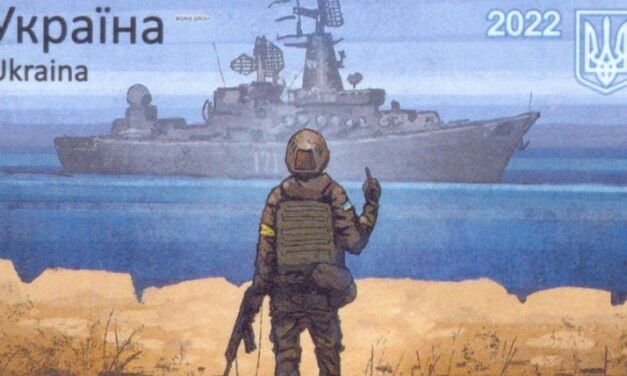
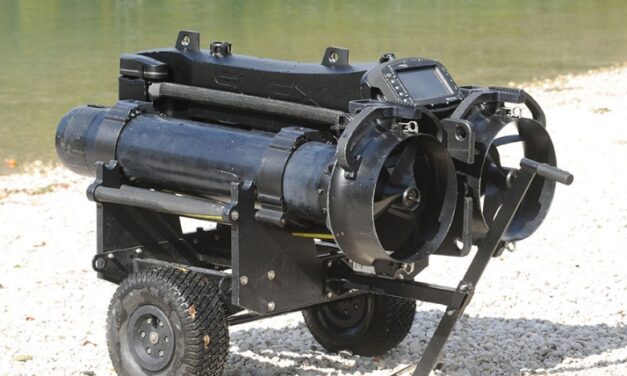
Recent Comments